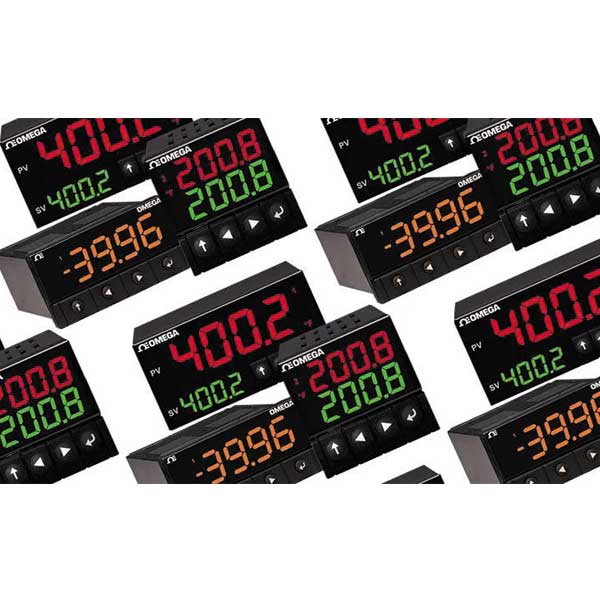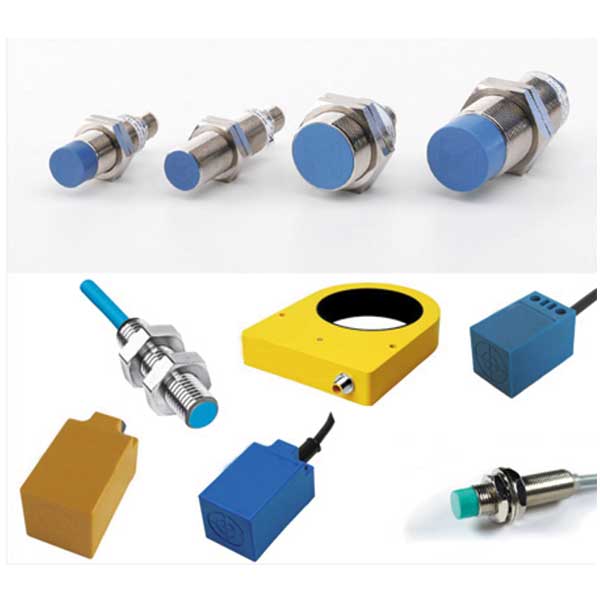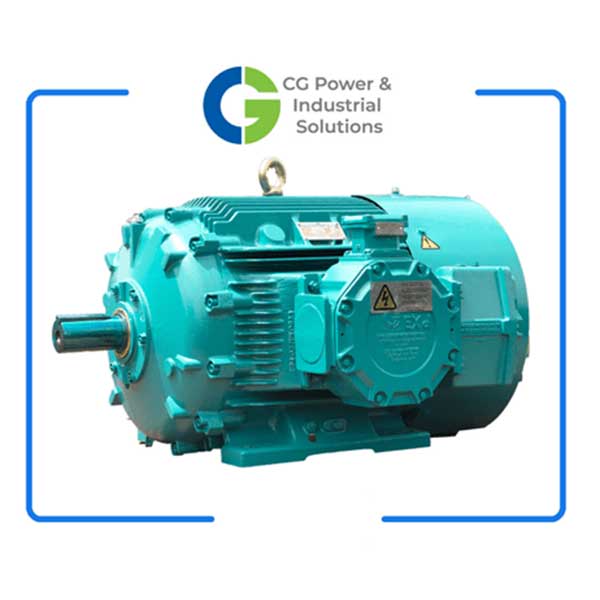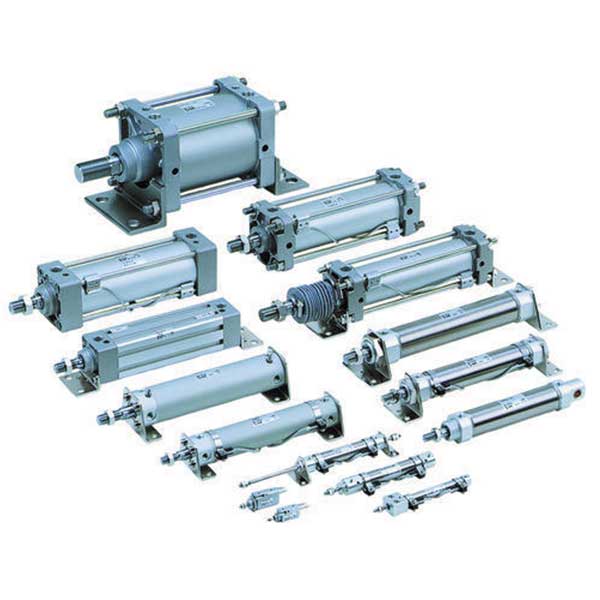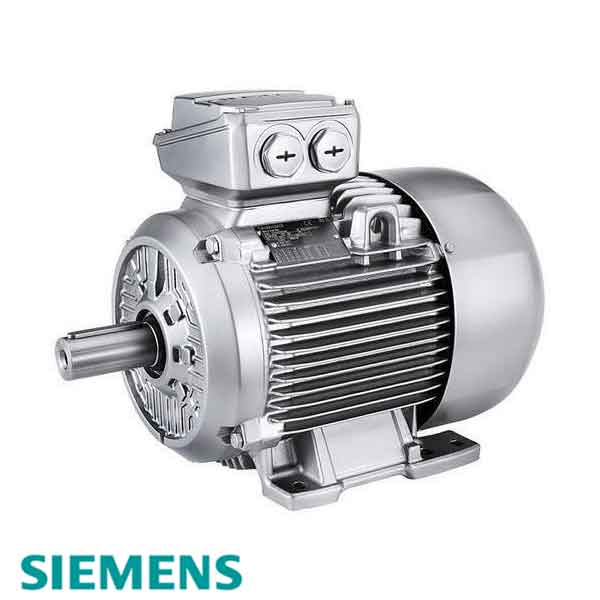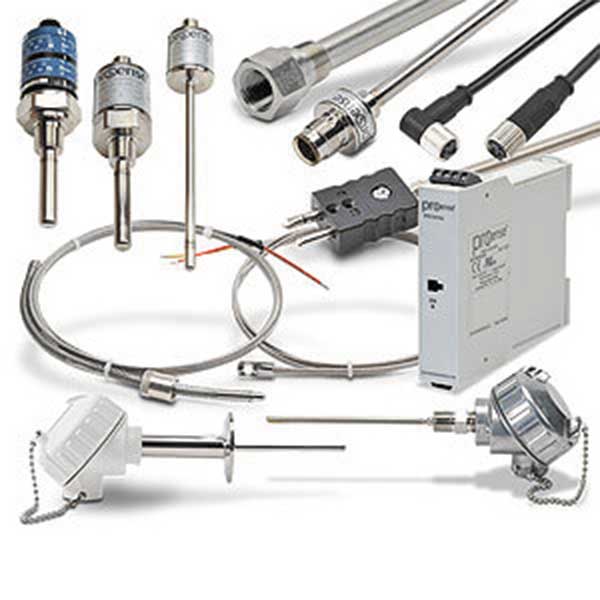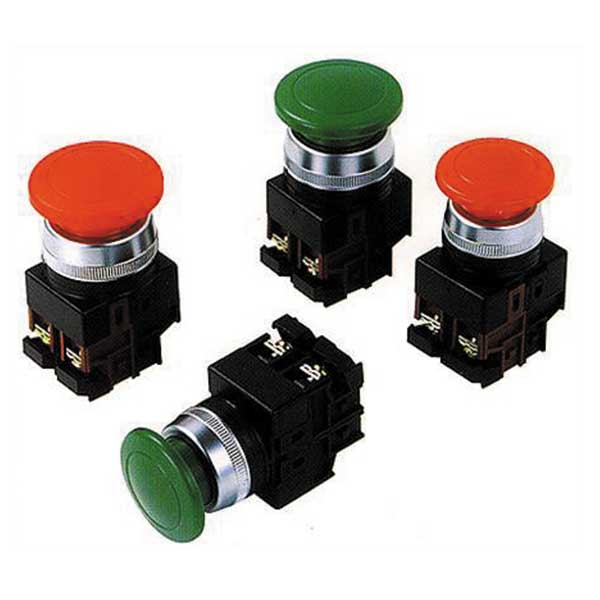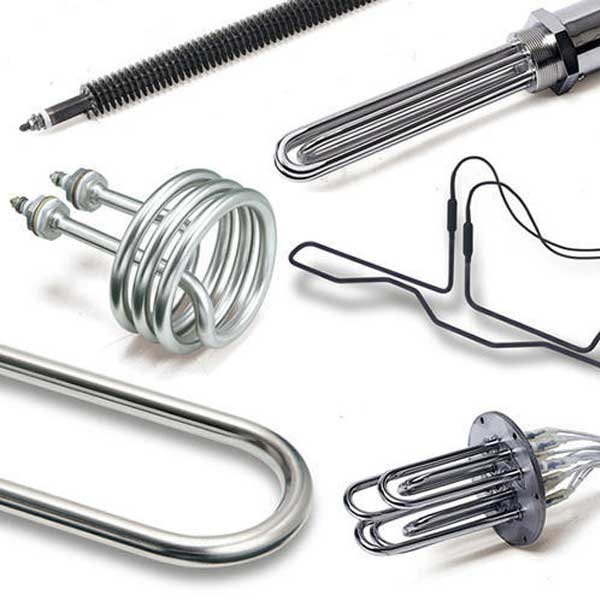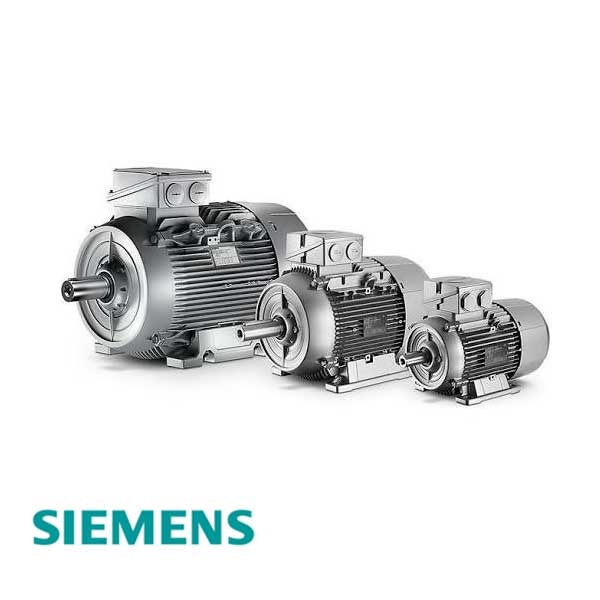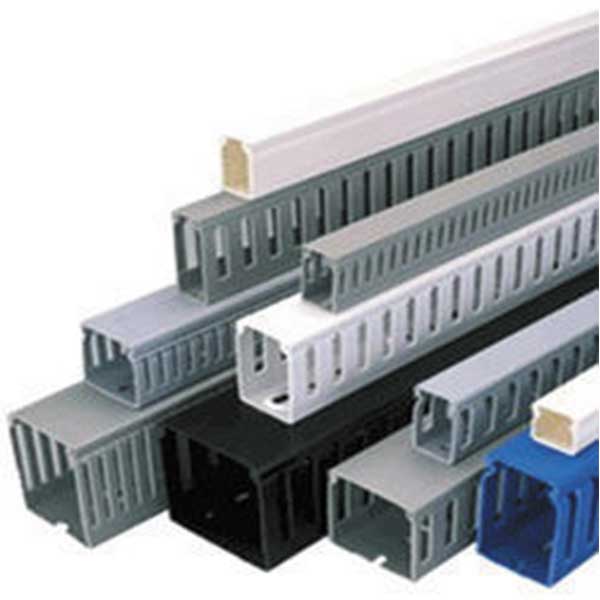
When it comes to keeping things safe in the big factories where they make all sorts of things, there’s something important called “Earthing.” Let’s dive into what it is and why it matters so much in the world of Industrial Manufacturing.
“Earthing is like a safety net for machines, ensuring they work seamlessly and keep everyone safe.”
Understanding Earthing in Simple Terms
Earthing is like giving a giant machine a way to let go of extra electricity. Imagine it’s like when you touch a metal door handle and get a little shock – that’s static electricity. Now, think of a huge machine in a factory getting rid of its extra electricity so it doesn’t cause any trouble.
Different Types of Earthing Made Simple
1. Plate Earthing: Connecting to the Earth
In super simple words, Plate Earthing is like the machine having a direct talk with the Earth. A metal plate goes underground, and the machine connects to it, sharing its extra electricity with the Earth.
2. Rod Earthing: A Metal Friend Underground
Rod Earthing is like the machine making friends with a metal rod buried in the ground. It’s a way for the machine to have a chat with its metal friend underground, keeping everything cool.
3. Pipe Earthing: A Metal Pipe to the Rescue
Pipe Earthing is a bit like the machine using a metal pipe to say, “Hey, I’ve got some extra electricity. Can you take care of it?” And the Earth, being a good friend, helps out through the metal pipe.
Why Does Industrial Manufacturing Need Earthing?
In big factories where they make loads of things, machines are like the superheroes doing the hard work. But sometimes, these superheroes have too much electricity, and that’s where Earthing comes in.
Imagine if the extra electricity didn’t have a way to go. It could cause big trouble, like making the machines not work properly or even becoming dangerous. Earthing makes sure the extra electricity has a safe way out, keeping everything running smoothly.
Safety First: How Earthing Protects People
In the world of Industrial Manufacturing, safety is the superhero’s sidekick, and Earthing plays a crucial role. When machines have too much electricity, it’s not just about the machines – it’s also about the people working around them.
Earthing helps make sure that if there’s extra electricity, it goes to the Earth instead of causing harm to the people or the machines. It’s like a safety net, ensuring everyone goes home in one piece.
Making Sense of Technical Stuff in Simple Words
Now, let’s take a peek into some technical bits without getting too tangled up.
The Voltage Game: Keeping it Low
In simple words, voltage is like the power in electricity. Too much of it can be risky. Earthing keeps the voltage in check, making sure it doesn’t go crazy and cause problems. It’s like having a friendly supervisor making sure everyone behaves.
Resistance: Don’t Block the Path
Think of resistance as a traffic jam. Earthing reduces resistance, making sure the extra electricity can flow smoothly and not get stuck. It’s like clearing the road for a smooth ride.
Practical Application
Let’s imagine a big factory making cars. In this factory, there’s a massive machine that welds the car parts together. Now, if this machine doesn’t have proper earthing, the extra electricity it produces might cause the welding to go wonky. With good earthing, the machine can safely get rid of the extra electricity, ensuring the car parts are welded perfectly every time.
Real-world Impact
Consider a scenario where a factory neglects earthing. One day, a machine malfunctions due to excess electricity, causing a shutdown. This not only halts production but also risks the safety of workers. Without earthing, the factory might face costly repairs, downtime, and unhappy customers waiting for their cars.
“In industrial manufacturing, neglecting earthing is like playing with fire – it can lead to production nightmares and jeopardize worker safety.”
Conclusion: Keeping the Lights On and the People Safe
In the world of Industrial Manufacturing, where big machines do incredible things, Earthing is like the unsung hero keeping everything in check. It’s not just about electricity; it’s about making sure everyone goes home safe and sound. So, next time you see a factory with lots of lights and machines buzzing, remember that Earthing is there, quietly doing its job to keep the show running.
More on Earthing System

